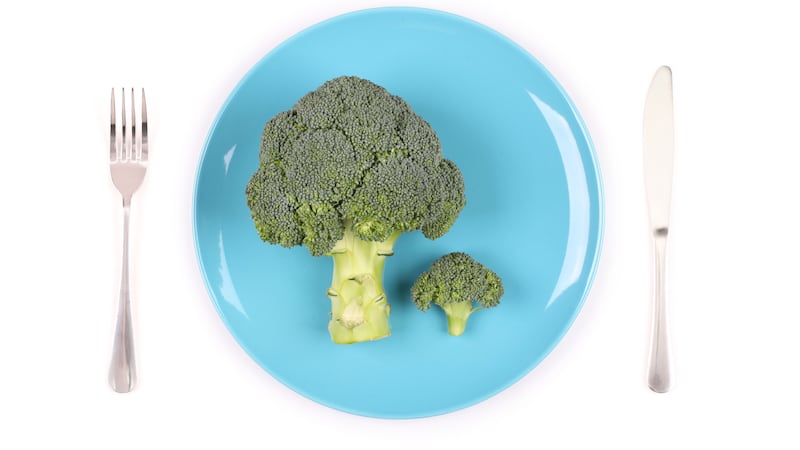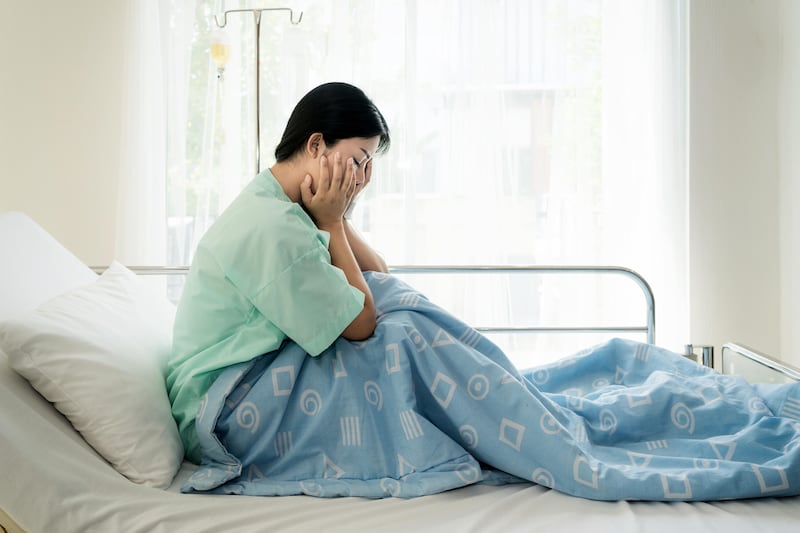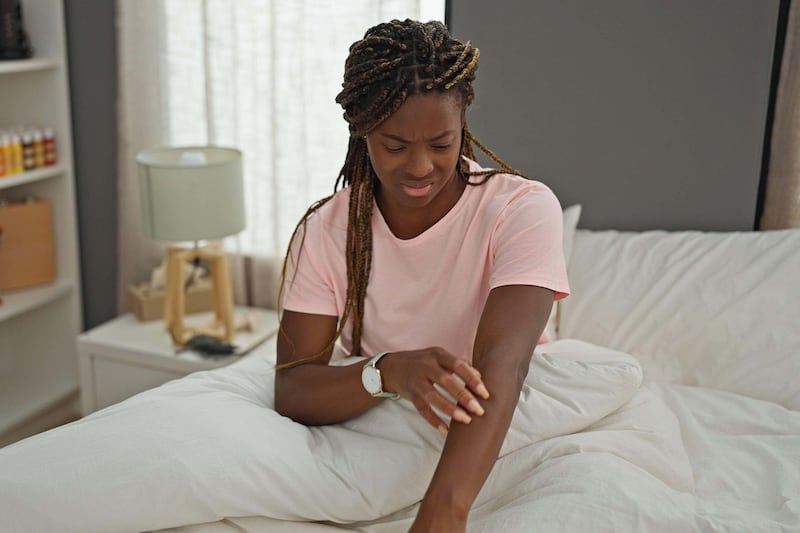WEARING green-tinted glasses could be a new way to treat chronic pain.
New research suggests that when patients with fibromyalgia - a condition which affects around two million people in the UK, causing widespread pain and extreme tiredness - wear glasses with green lenses for four hours a day for two weeks, they need fewer painkillers.
Currently, antidepressants are used to relieve the pain of fibromyalgia, as standard painkillers have little or no effect. But these drugs can also have side-effects, including loss of libido.
The new study, by Duke University in the United States, involving 34 patients, suggests green light could be a drug-free alternative.
Patients who wore green eyeglasses were four times more likely to have reduced anxiety than those in other groups, who saw no reduction. Although their pain scores were the same, green eyeglass wearers used fewer painkillers, suggesting their symptoms were adequately controlled.
One theory is that green light, which falls in the middle of the light colour spectrum, triggers the release of natural painkiller-like chemicals in the body called enkephalins, and may also change the way the brain processes pain.
It could also help with pain because cells in the thalamus, the area of the brain that processes information from the eye, react less to green light.
The thalamus is the processing centre for a number of pain conditions and one theory is that green light may make it less active.
This is not the first time this coloured light has been suggested as a treatment for pain.
Last year, a US study of 29 migraine patients who were exposed to green LED light strips for one to two hours a day for 10 weeks saw a 60 per cent drop in the number of headaches. Monthly migraine attacks dropped from an average of 22.3 to 9.4, according to the study by the University of Arizona, published in the journal Cephalalgia.
In a new trial at Vedanta Research in North Carolina, 250 migraine patients will use a green light lamp for at least 30 minutes a day for six weeks to see if it reduces headache frequency and severity.
Green light is also being investigated as a treatment for arthritis pain in the knee and post-surgery pain, among other conditions.
Forty people are taking part in a 10-week clinical trial at Nova Scotia Health Authority in Canada looking at the effects of it on knee osteoarthritis. The trial involves daily exposure to green light-emitting LEDs.
Dr Andrew Dowson, clinical lead at the NHS East Kent and Bromley Headache Services, has been interested in how different coloured light affects migraines after carrying out research on the subject more than 20 years ago.
"We looked at the range of wavelengths and both the red and blue ends of the spectrum were implicated in migraines," he says.
"Green light is the middle of the spectrum and, therefore, likely to be more acceptable and less irritating to migraine sufferers.
"This is very interesting but it would need more research on much bigger numbers of patients for it to be a proven concept and used as a treatment on patients."
© Solo dmg media








